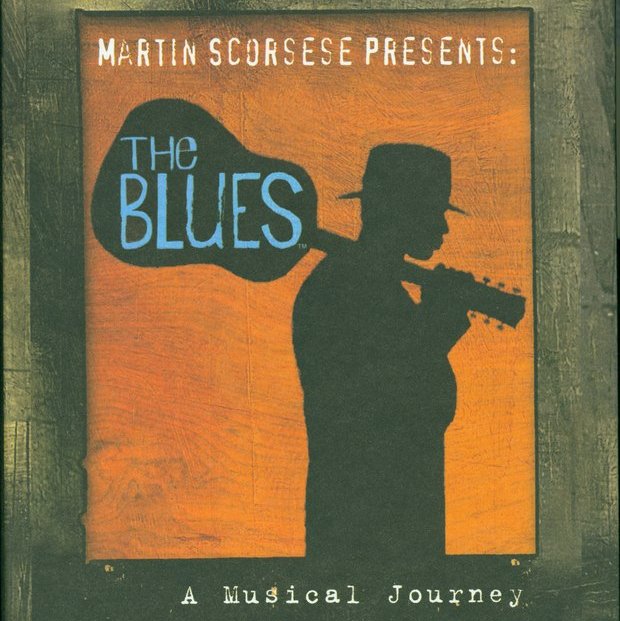Exhibits

The largest appearance of blues in film occurs in documentaries on the history of blues music and blues musicians. Sam Charters shot what was essentially the first blues documentary, The Blues, in 1962, (MacMillan Films provided larger distribution for the work in 1973). The 1995 documentary And This is Free features significant footage of Chicago's Maxwell Street musicians, captured in 1964 by Mike Shea. Just as Shea's early film recordings found their way into later documentaries, Pete Seeger's 1958 footage of Big Bill Broonzy, Sonny Terry, and J. C. Burris is now available on VHS and DVD. Performances such as the 1958 American Folk Blues Festival or the 1960 Newport Jazz Festival are also now obtainable on DVD. Filmmaker Les Blank's The Blues According to Lightnin' Hopkins (1969) and A Well Spent Life (1971) have become classics of blues documentary technique. In 1971, David Evans, Bill Ferris, and Judy Peiser teamed to produce Gravel Springs Fife and Drum, which presents the words and music of North Mississippi's patriarchal fife player Othar Turner.
Since these early days of blues documentaries, blues aficionados and scholars have created a fairly substantial body of documentary-style films that continues to grow. The legendary nature of Robert Johnson has become the subject of several documentaries, including The Search for Robert Johnson (1992), Can't You Hear the Wind Howl? (1998), and the musical tribute Hellhounds on My Trail (1999). At least two screenplays about Johnson have never made the transition from paper to the big screen: Ed Leimbacher's Hellhound on My Trail (1970) and Alan Greenberg's screenplay, eventually published as the book Love in Vain: The Life and Legend of Robert Johnson (1983).
[See also: Deep Blues by Robert Mugge and Robert Palmer; Genghis Blues by Roko Belic]
Hoping to repeat for the blues what Ken Burns accomplished for jazz, Martin Scorsese brought together film makers Wim Wenders, Clint Eastwood, Charles Burnett, Richard Pearce, Mike Figgis, and Marc Levin to create a seven-part series for PBS called The Blues (2003). Coinciding with the "Year of the Blues," the series received mixed reviews and reached a smaller audience than had Burns' Jazz.
